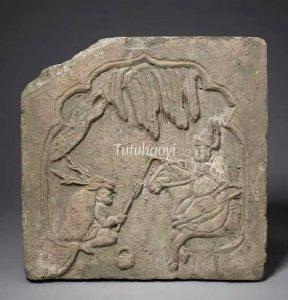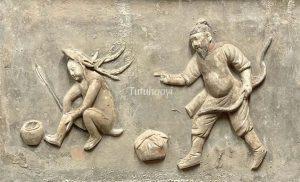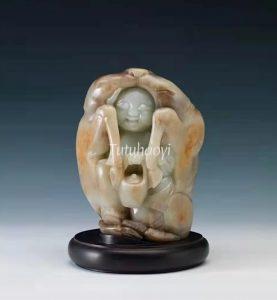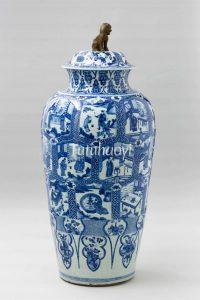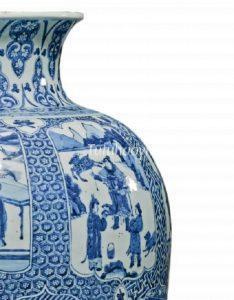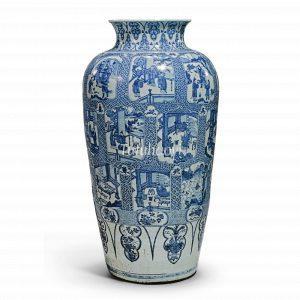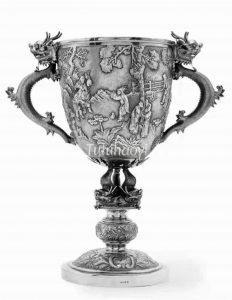Tanzi Feeding Parents with Deer’s Milk
郯子鹿乳奉亲
© Tutuhaoyi.com owns the copyright of the description content for the images attached. Quoting all or part of the description content on this page is permitted ONLY IF ‘Tutuhaoyi.com’ is clearly acknowledged anywhere your quote is produced unless stated otherwise. (本页描述内容版权归Tutuhaoyi.com所有,转发或引用需注明 “Tutuhaoyi.com”, 侵权必究, 已注开源信息的条目除外。)
Deer were reputed to live for a very long time and hence, like cranes and tortoises, they are symbols of longevity. For this reason, deer antlers are a highly valued ingredient in many preparations of traditional Chinese medicine, and are reported to prolong life, aid virility and alleviate various ailments. An illustration of these medicinal properties is found among the Twenty-four Paragons of Filial Piety (二十四孝), compiled by Guo Jujing 郭居敬 during the Yuan dynasty (1271–1368).
According to one of the stories, there once was a boy, referred to as Tanzi 郯子 (‘Young Master Tan’), whose parents suffered from an eye disease that could only be cured by drinking deer’s milk. Observing a herd of deer and their young, the couple’s son donned a deerskin and crept among a group of fawns as they suckled their mothers. In this way, Tanzi was able to collect a bucket of deer milk and bring it to his delighted mother and father. He repeated the ploy every day for many weeks until their sight was restored. The son’s devotion came to light when a hunter almost shot him one day by mistake. Luckily the boy stood up just in time to reveal his disguise.
Reference:
Yibin Ni (2009), 一百个漢字 Symbols, art, and language from the land of the dragon: The cultural history of 100 Chinese characters, Duncan Baird Publishers Ltd, London
Other stories in Twenty-four Paragons of Filial Piety:
Yang Xiang Trying to Throttle the Tiger to Rescue Her Father 杨香扼虎救亲
Fig 1: brick carving, Northern Song (960–1127), courtesy of Palace Museum, Beijing
Fig 2: molded brick, Dading period of the Jin dynasty (1161–89), courtesy of the Shanxi Provincial Museum, Taiyuan, China
Fig 3: brush holder with underglaze blue decoration, Chongzhen period (1628–44), Ming dynasty, courtesy of the Sotheby’s Auction House, Paris, 18 Dec 2009, Lot 069
Fig 4: jade carving, late Ming – early Qing dynasty, courtesy of private collection of Qing Xiang Lou
Fig 5-6: porcelain lidded jar with underglaze blue decoration, Kangxi period (1662–1722), courtesy of The Dresden Porcelain Collection, State Art Collections of Dresden, Germany
Fig 7-8: soldier vase with underglaze blue decoration, Kangxi period (1662–1722), courtesy of Anita Gray Collection
Fig 9: silver cup, Qing dynasty (1644–1911), courtesy of private collection
